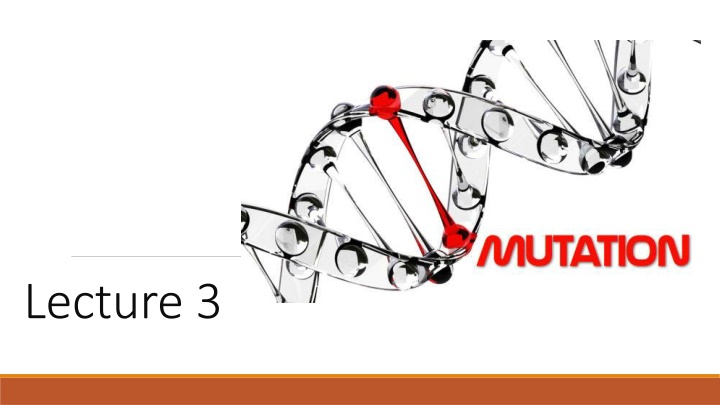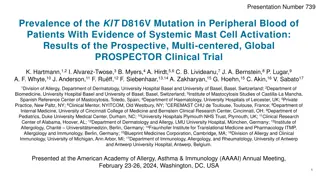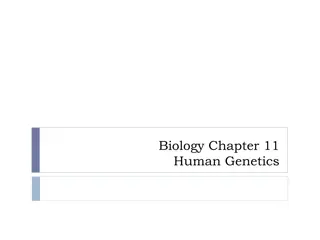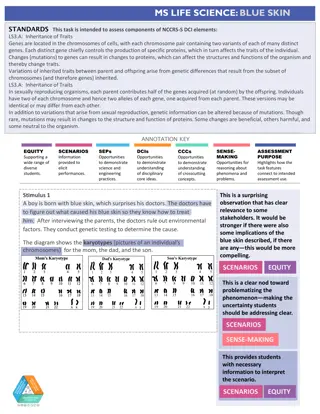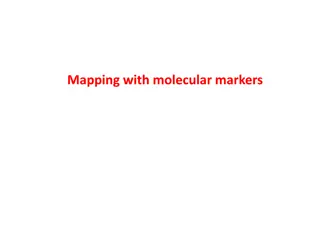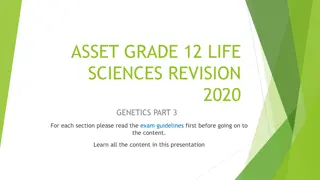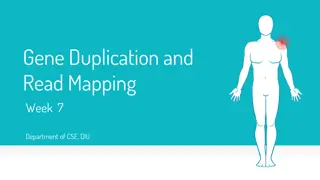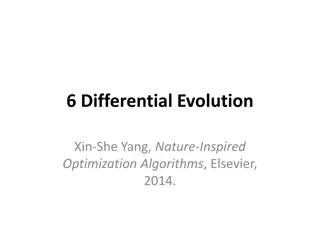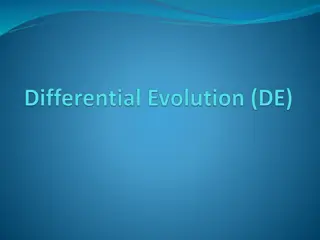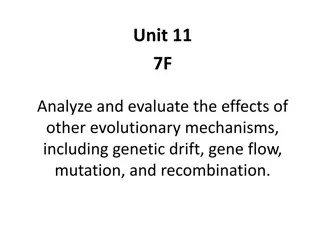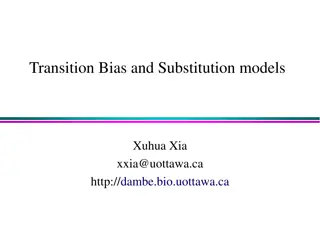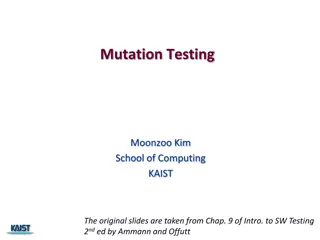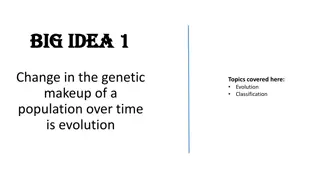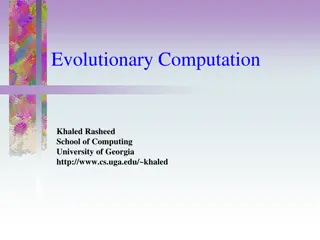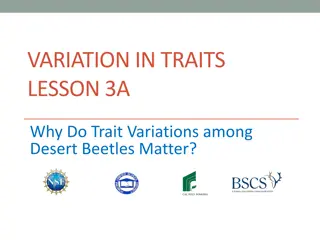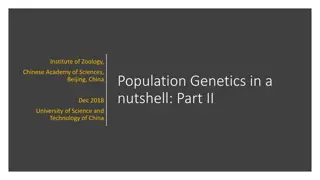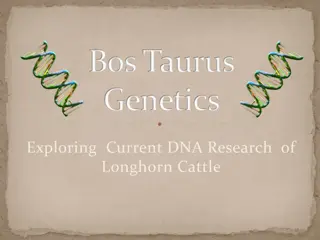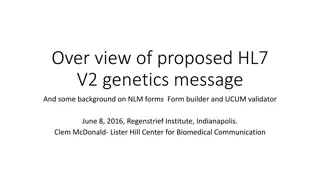Genetic Mutation and Variations
Genetic mutation is a natural process that alters DNA sequences, generating new alleles and creating variations within a species. These variations play a crucial role in evolution by allowing populations to adapt and change over time. Types of mutations include base substitution, insertion, deletion, and frameshift, each leading to specific changes in genetic code. Understanding the advantage of genetic variations sheds light on how different traits and characteristics develop in individuals and populations.
Download Presentation

Please find below an Image/Link to download the presentation.
The content on the website is provided AS IS for your information and personal use only. It may not be sold, licensed, or shared on other websites without obtaining consent from the author.If you encounter any issues during the download, it is possible that the publisher has removed the file from their server.
You are allowed to download the files provided on this website for personal or commercial use, subject to the condition that they are used lawfully. All files are the property of their respective owners.
The content on the website is provided AS IS for your information and personal use only. It may not be sold, licensed, or shared on other websites without obtaining consent from the author.
E N D
Presentation Transcript
What is Mutation? Is a natural process that changes a DNA sequence. Mutant or Mutation to describe something undesirable or broken. Rarely cause death or disease Generates new variations that can give an individual a survival advantage. Most often, mutation gives rise to variations that are neither good nor bad, just different.
Mutation Generates New Alleles The whole family is one species with the same genes. Mutation creates slightly different versions of the same genes, called alleles These small differences in DNA sequence make every individual unique. They account for the variation we see in human hair color, skin color, height, shape, behavior, and susceptibility to disease. Individuals in other species vary too, in both physical appearance and behavior.
What is the advantage of genetic variations? 1.It helps populations change over time. 2.Variations that help an organism survive and reproduce are passed on to the next generation. 3.Variations that hinder survival and reproduction are eliminated from the population. 4.Significant changes in the appearance, behavior, or physiology of individuals in a population.
Types of Mutation Types of Mutation 1. Base Substitution A. Missense Mutations B. Nonsense Mutations C. Silent Mutations 2. Insertion and deletion 3. Frameshift
1. Base Substitution a.The simplest type of gene-level mutation b.Swapping of one nucleotide for another during DNA Replication. c.Example: during replication, a thymine nucleotide might be inserted in place of a guanine nucleotide. d.Only single nucleotide with a gene sequence is changed so only one codon is affected
Only a single codon in the gene sequence is changed in base substitution mutation.
Sub-categories of mutations in base substitution A. Missense Mutations - The altered codon leads to insertion of an incorrect amino acid into a protein molecule during translation. Illustration:
Sub-categories of mutations in base substitution B. Nonsense Mutations - altered codon prematurely terminates synthesis of a protein molecule. Illustration:
Sub-categories of mutations in base substitution C. Silent Mutations - altered codon codes for the same amino acids as the unaltered codon. Illustration:
2. Insertion and Deletion Are two other types of mutations that can affect cells at the gene level. 2.1. Insertion Mutation Occurs when an extra nucleotide is added to the DNA strand during replication. This can happened when the replicating strand slips or wrinkles, which allows the extra nucleotide to be added to the DNA strand.
2. Insertion and Deletion 2.2. Deletion Mutation subsequently causes a nucleotide to be omitted from the replicated strand. - occurs when a wrinkle forms on the DNA template strand and
Frameshift Mutation Is the type of mutation which is caused during insertion and deletion of one or more nucleotides during replication. The outcome of a frameshift mutation is complete alteration of the amino acid sequence of a protein.
What causes mutation? Mutagens external agents of genetic change Chemicals, ultraviolet radiation, viral and bacteria Causes alterations in the molecular structure of nucleotides, ultimately causing substitutions, insertions, and deletions in the DNA sequence.
What are the consequences of mutations? Genetic diversity in populations Beneficial to an organism by making it better able to adapt to environmental factors. Harmful in some instance; like increased susceptibility to illness or disease
